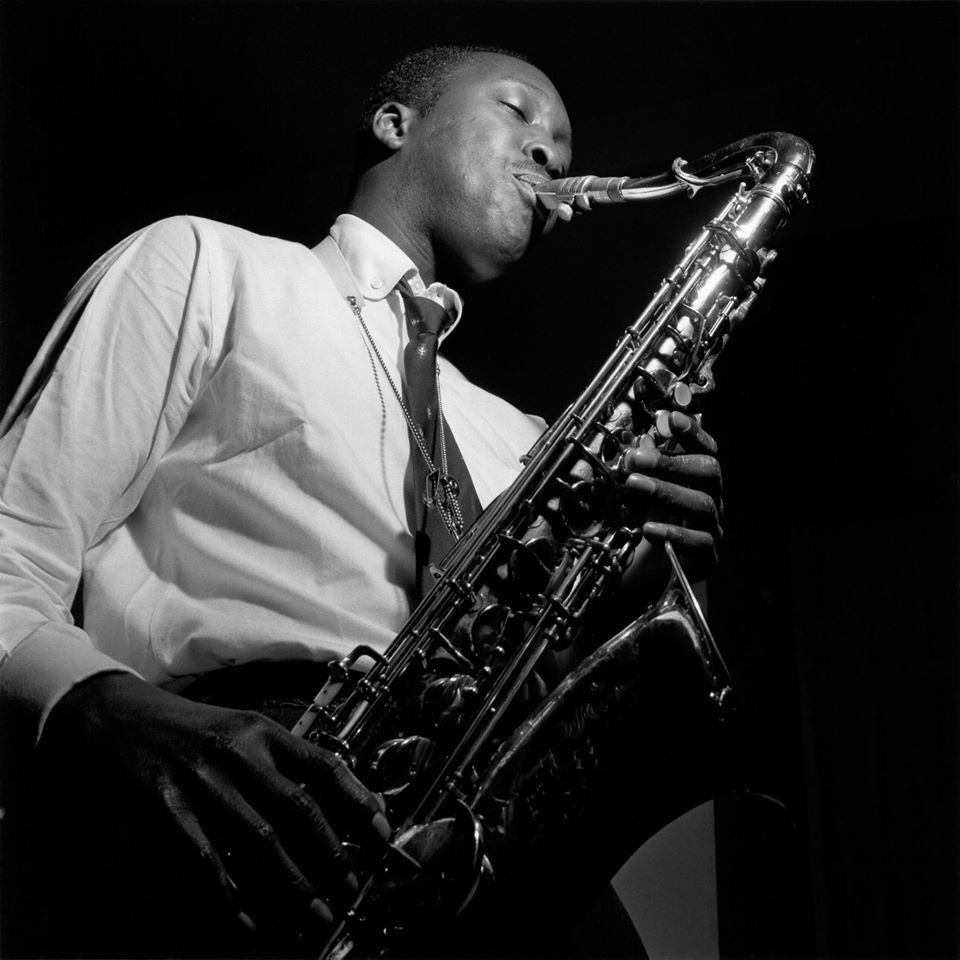Dive into the Power & Passion of ‘Tenor Madness
In the vast panorama of jazz, Sonny Rollins’ “Tenor…
When I first listened to “The Rajah,” Lee Morgan‘s posthumously released album, I was immediately captivated. It’s not just the brilliance of Morgan’s trumpet playing that ensnares listeners but the exceptional talent of his quintet. In this piece, I’ll take you through the recording details, musician profiles, and song analysis, shedding light on why “The Rajah” is a treasure trove for jazz aficionados.

“The Rajah” was recorded in November 1966 at the legendary Rudy Van Gelder Studio. Home to many iconic Blue Note sessions, this hallowed ground was the perfect setting for Lee Morgan and his quintet to lay down their tracks. The atmosphere of the studio, combined with the skillful engineering of Rudy Van Gelder, made for a truly memorable recording.

The leader of the quintet, Lee Morgan, was an American jazz trumpeter whose career was tragically cut short in 1972. Before that fateful day, Morgan had already made a name for himself with groundbreaking albums like “The Sidewinder” and “Search for the New Land.” His activities leading up to “The Rajah” sessions saw him fronting his own combo and exploring new musical horizons.
Hank Mobley, the tenor saxophonist on the album, had a sound that was both mellow and robust. His impressive career included standout albums like “Soul Station” and “Roll Call.” In the months leading up to “The Rajah,” Mobley had been playing with Lee Morgan’s combo, honing his skills and developing a musical rapport with the trumpeter.

Cedar Walton, Paul Chambers, and Billy Higgins rounded out the quintet. Walton, an American jazz pianist, had a lyrical and rhythmic approach that shines on albums like “Eastern Rebellion.” Chambers, the bassist, contributed his talents to numerous jazz recordings, with “Bass on Top” being a highlight. Drummer Billy Higgins made a name for himself with his exceptional work on “The Eternal Triangle.” These three musicians were at the top of their game when they joined Morgan and Mobley for “The Rajah.”

One of my favorite songs on the album is “The Rajah,” a composition by Morgan himself. This eastern funk number showcases Mobley’s levitating saxophone playing, soaring above the swaying-elephant beat. Morgan, as the head mahout, injects his earthy lyricism into the mix, while Walton’s bluesy piano adds a touch of sanctity. The trading of choruses between Morgan and Mobley will leave you feeling exhilarated.
“Is That So?” by Duke Pearson is another standout track. This beautifully crafted piece features a questioning melody that sees Morgan and Mobley interacting with each other, creating a bittersweet dialogue. Walton’s bridge is nothing short of captivating, and the solos by Morgan, Mobley, and Chambers are a testament to their individual mastery.

“Davisamba” by Walter Davis is an airy and danceable tune that brings a lightness to the album. Morgan’s smears, graceful notes, and rapid bursts blend seamlessly with Mobley’s muscular dance, resulting in a buoyant atmosphere. Walton’s solo begins with a single-line, right-hand attack, gradually transitioning into a more vernacular style that leads back into the theme.
“The Rajah” is a fine example of hard bop with elements of funk and Latin jazz woven throughout. Themes of love, questioning, and dance are explored, offering listeners a rich tapestry of emotions and sounds. This album is a testament to the artistic prowess of Lee Morgan and his quintet, showcasing their ability to traverse various styles while maintaining their unique musical identities.
Upon its release, “The Rajah” was appreciated for the quality of its musicianship and the cohesiveness of the quintet. Listeners were captivated by the album’s diverse themes and the way each musician contributed to the overall sound. As a posthumous release, it served as a reminder of Lee Morgan’s incredible talent and the immense loss the jazz world experienced with his passing.
Today, “The Rajah” is still held in high regard, and its continued significance can be attributed to several factors. The album showcases the best of hard bop and displays an exemplary level of musicianship from each member of the quintet. Furthermore, the varied compositions on the album provide a listening experience that is both enjoyable and enlightening.
Additionally, “The Rajah” serves as a poignant reminder of the talent lost with Lee Morgan’s untimely death. As we listen to the album, we’re transported to a time when these musicians were pushing the boundaries of jazz and creating something truly remarkable. Their legacy lives on through “The Rajah,” an album that continues to captivate listeners and inspire future generations of jazz musicians.
In conclusion, “The Rajah” is a breathtaking album that showcases the talents of Lee Morgan and his quintet. The recording details, musician profiles, and song analysis presented in this piece offer a glimpse into the magic of this album. Its unique blend of hard bop, funk, and Latin jazz, combined with the exceptional musicianship of each member, ensures that “The Rajah” will remain an essential listen for jazz enthusiasts for years to come.